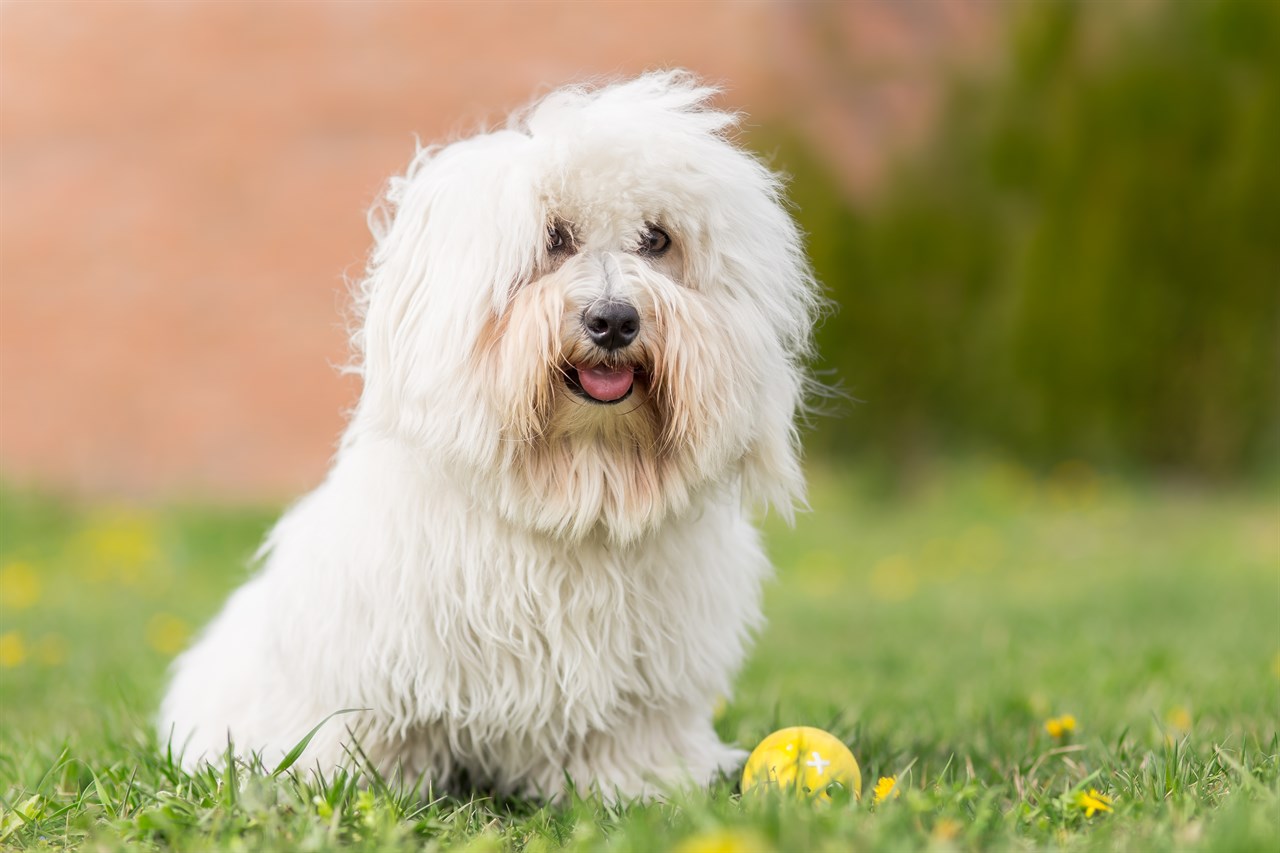The Elegant Coton de Tulear: A Comprehensive Exploration

The Coton dae Tulear, a breed whose name evokes a sense of elegance and refinement, is a small dog with a big personality. Originating from Madagascar, this breed has captivated dog lovers worldwide with its cotton-like coat and charming demeanour. Let's embark on a journey to discover the rich history, distinctive characteristics, and some intriguing comparisons related to the Coton dae Tulear.
History
The Coton dae Tulear's roots can be traced back to Madagascar, an island off the southeast coast of Africa. The breed is believed to have descended from small white dogs brought to the island by sailors in the 16th and 17th centuries. The isolation of Madagascar allowed these dogs to develop into a distinct breed with characteristics that set them apart.
The name "Coton dae Tulear" reflects its distinctive cotton-like coat and the city of Tulear, which is now known as Toliara, where the breed was commonly found. This delightful companion dog gained recognition outside of Madagascar in the mid-20th century and was officially recognised by major kennel clubs in subsequent years.
Also Known As
The Coton dae Tulear is also known as the Royal Dog of Madagascar by lovers of the breed.
Breed Group and Size
The Coton dae Tulear belongs to the toy group, a category of small companion dogs known for their diminutive size and friendly dispositions. Adult Cotons typically weigh between 4 to 7 kilogrammes, making them a portable and adaptable choice for various living environments.
Coat, Colour, and Appearance
One of the most distinctive features of the Coton dae Tulear is its luxurious coat. The hair is cotton-like in texture, appearing fluffy and soft. The breed standard allows for various colour patterns, including white, black and white, and tricolour (white, black, and tan). The expressive eyes and perky ears give the Coton an endearing and alert expression.
Comparisons and Questions
Which is better: Bichon Frise or Coton dae Tulear?
Both the Bichon Frise and Coton dae Tulear share similar characteristics, such as small size, a friendly disposition, and a fluffy coat. The choice between the two ultimately depends on individual preferences regarding coat texture, colour, and specific personality traits.
What is the closest breed to a Coton dae Tulear?
The Maltese is often considered a close relative to the Coton dae Tulear due to its small size, long silky coat, and charming demeanour. However, each breed has its distinct features, and personal preferences play a crucial role in choosing the right companion.
What's the difference between a Maltese and a Coton dae Tulear?
While both breeds share similarities, the Coton dae Tulear tends to be slightly larger and has a cotton-like coat compared to the long, silky coat of the Maltese. Additionally, the Maltese has a reputation for being more prone to separation anxiety.
What is the French dog that looks like a Maltese?
The Bichon Frise is often associated with France and shares some visual similarities with the Maltese. However, it's essential to note that the Bichon Frise and the Coton dae Tulear also have a resemblance.
Is it better to own a female Coton dae Tulear or a male?
The decision between a male or female Coton dae Tulear often comes down to individual temperament and personal preferences. While some may argue that males are more affectionate, females are often considered more independent. It's crucial to consider spaying or neutering to address behavioural concerns.
Is a Coton dae Tulear a rare breed?
The Coton dae Tulear is relatively rare, especially compared to more popular breeds. However, its popularity has been growing steadily as more people discover and fall in love with this charming and affectionate companion.
How do you pronounce Coton dae Tulear?
Pronouncing "Coton dae Tulear" may initially pose a challenge for those unfamiliar with French. The correct pronunciation is approximately "Koh-tohn deh Too-lay-ahr." It's advisable to practise the pronunciation to feel confident when discussing this delightful breed.
Conclusion
In conclusion, the Coton dae Tulear is a captivating breed with a rich history and distinctive qualities. Whether you are drawn to its cotton-like coat, friendly demeanour, or compact size, the Coton dae Tulear has a special charm that makes it a beloved companion for many. When choosing a dog, personal preferences, lifestyle, and compatibility should guide the decision-making process, ensuring a harmonious and joyful relationship between the owner and their furry friend.
Continue reading our Coton dae Tulear in-depth articles
- Coton dae Tulear Temperament and Behaviour
- Coton dae Tulear Training and Socialisation
- Coton dae Tulear Toilet Training
- Coton dae Tulear Barking Habits
- Coton dae Tulear Grooming Requirements
- Coton dae Tulear Shedding Behaviour
- Coton dae Tulear Sleeping Behaviour
- Coton dae Tulear Diet and Feeding Requirements
- Coton dae Tulear Average Lifespan
- Coton dae Tulear Exercise Requirements
- Coton dae Tulear Common Health Issues
- Coton dae Tulear Suitability Guide
- Coton dae Tulear Advantages
- Coton dae Tulear Disadvantages
- Coton dae Tulear Cost to Buy and Own
- Coton dae Tulear Clubs and Links
- Selling Coton dae Tulear Puppy Litters and Dogs
- Buying Coton dae Tulear Puppies and Dogs
- Coton dae Tulear Alternatives
Coton de Tulear puppies for sale
- Find Coton de Tulear puppies for sale in ACT
- Find Coton de Tulear puppies for sale in NSW
- Find Coton de Tulear puppies for sale in NT
- Find Coton de Tulear puppies for sale in QLD
- Find Coton de Tulear puppies for sale in SA
- Find Coton de Tulear puppies for sale in TAS
- Find Coton de Tulear puppies for sale in VIC
- Find Coton de Tulear puppies for sale in WA